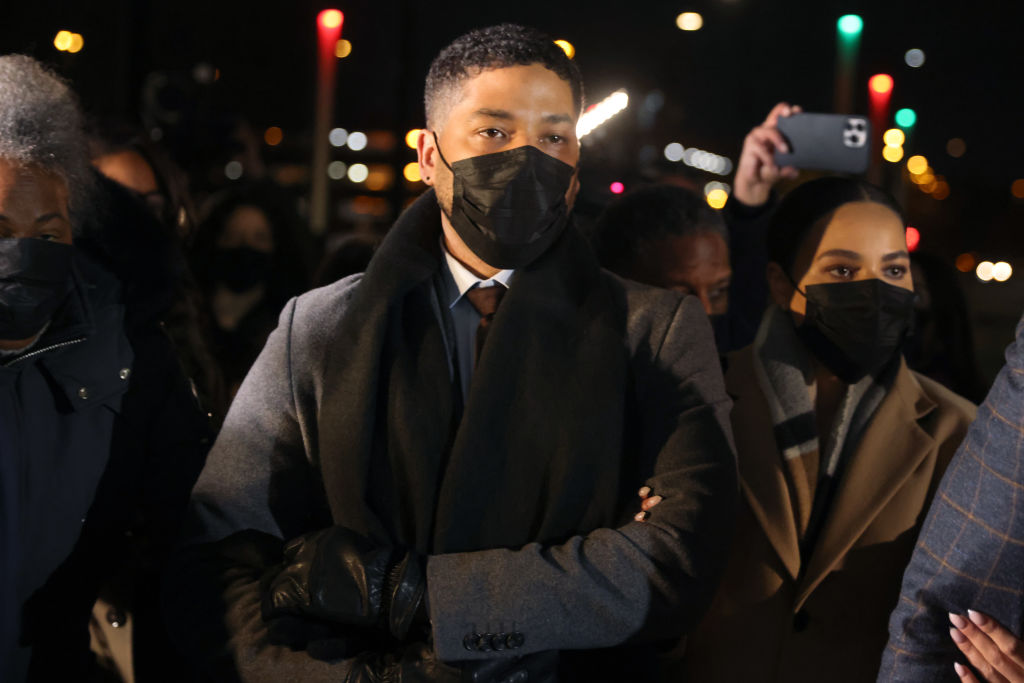Robust alternatives can move Big Tech to the middle.
Morbidly Misleading Statistics

Somber headlines belie common facts
The New York Times had a somber headline this week, stating that “As U.S. Nears 800,000 Virus Deaths, 1 of Every 100 Older Americans Has Perished.”
That’s sobering and pretty grim by any measure. COVID—and the response to COVID—have immeasurably changed society, mostly for the worse, and the human toll is staggering. The death of one percent of any segment of the population is terrifying and hard to comprehend. As a comparison, more than 400,000 Americans died in World War II, and that was only 0.4 percent of the population at the time, and the deaths were stretched over four years.
On the other hand, contemporary people are fairly insulated from death, which we keep at a distance. So talking about morbidity in terms of statistics can be confusing. It is undeniable that “1 of every 100 older Americans” sounds like a lot, but compared to what?
The Social Security Administration publishes an annual actuarial life table which breaks down the American population by age and sex, and estimates the life expectancy in years and death probability for each population. It’s a fascinating thing to look at. For example, one finds that the safest age to be, for both sexes, is 10. Ten-year-olds—having survived the fragility of early childhood but not yet at the hazards of the teen years—live in a blessed, golden age of vitality, with a death rate less than 0.01 percent.
Things go downhill from there, and as with all things going downhill, they accelerate. By the time men are 30, they have a 0.18 percent chance of dying; at 40, more than a quarter of a percent of all men die every year. Women, with less occupational exposure to death, and less deaths by misadventure, do somewhat better, but 0.14 percent of all 40-year-old women die annually, anyway.
At age 59, men have a 1.1 percent chance of dying. But that’s the same thing as to say that 1.1 percent of 59-year-old men die every year. By the age of 80, 5.6 percent of men and 4.1 percent of women die every year.
This being the case, the New York Times headline seems a little less horrifying than it did originally, unless it was supposed to indicate that 1 of 100 additional older people “perished” because of COVID. But it doesn’t really say that.
Morbidity statistics do indicate hundreds of thousands of “excess deaths” since COVID hit the scene. Though it’s not clear that all of those deaths were because of COVID infection specifically. The Times article itself details the isolation that older people have suffered since the pandemic started. Loneliness and alienation, it is well attested, are terrible for well-being, and it is documented that many people avoided exercise and regular medical visits during the lockdown, which probably contributed to a higher death toll, too.
There’s a tendency in a technocratic society such as ours to see every problem as amenable to a policy solution; hence the common formulation “Every such-and-such is a policy failure,” be it jail cell, car crash, homeless shelter, etc. And this frame of thought has been easily transposed over the COVID crisis, such that every death is understood to be a failure of policy.
But death is an intractable and inexorable fact and is common as dirt for people when they grow old. Not to minimize the total extra life-years lost because of the disease, but it’s somewhat misleading to highlight “1 of Every 100 Older Americans Has Perished” when more than 1 percent of older Americans perish every year anyway.
The American Mind presents a range of perspectives. Views are writers’ own and do not necessarily represent those of The Claremont Institute.
The American Mind is a publication of the Claremont Institute, a non-profit 501(c)(3) organization, dedicated to restoring the principles of the American Founding to their rightful, preeminent authority in our national life. Interested in supporting our work? Gifts to the Claremont Institute are tax-deductible.
Woke communism is turning our country into a totalitarian police state.
China's driverless vehicles are surveillance tools. So why are we bringing them here?
There is simply no room in a free country for a ruler with Fauci’s unaccountable power.
Economists blinded us to the threat from China.
There’s a path for colleges to flourish under current conditions, but few leaders see it.






